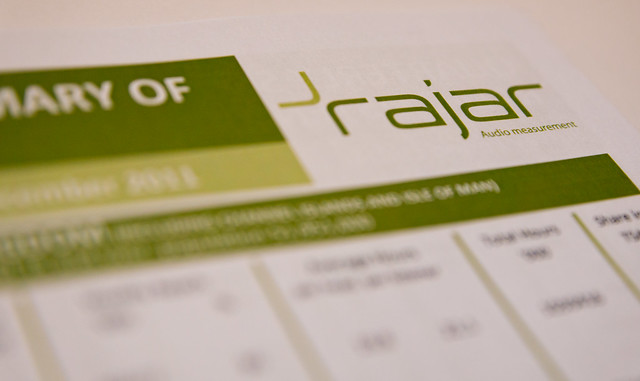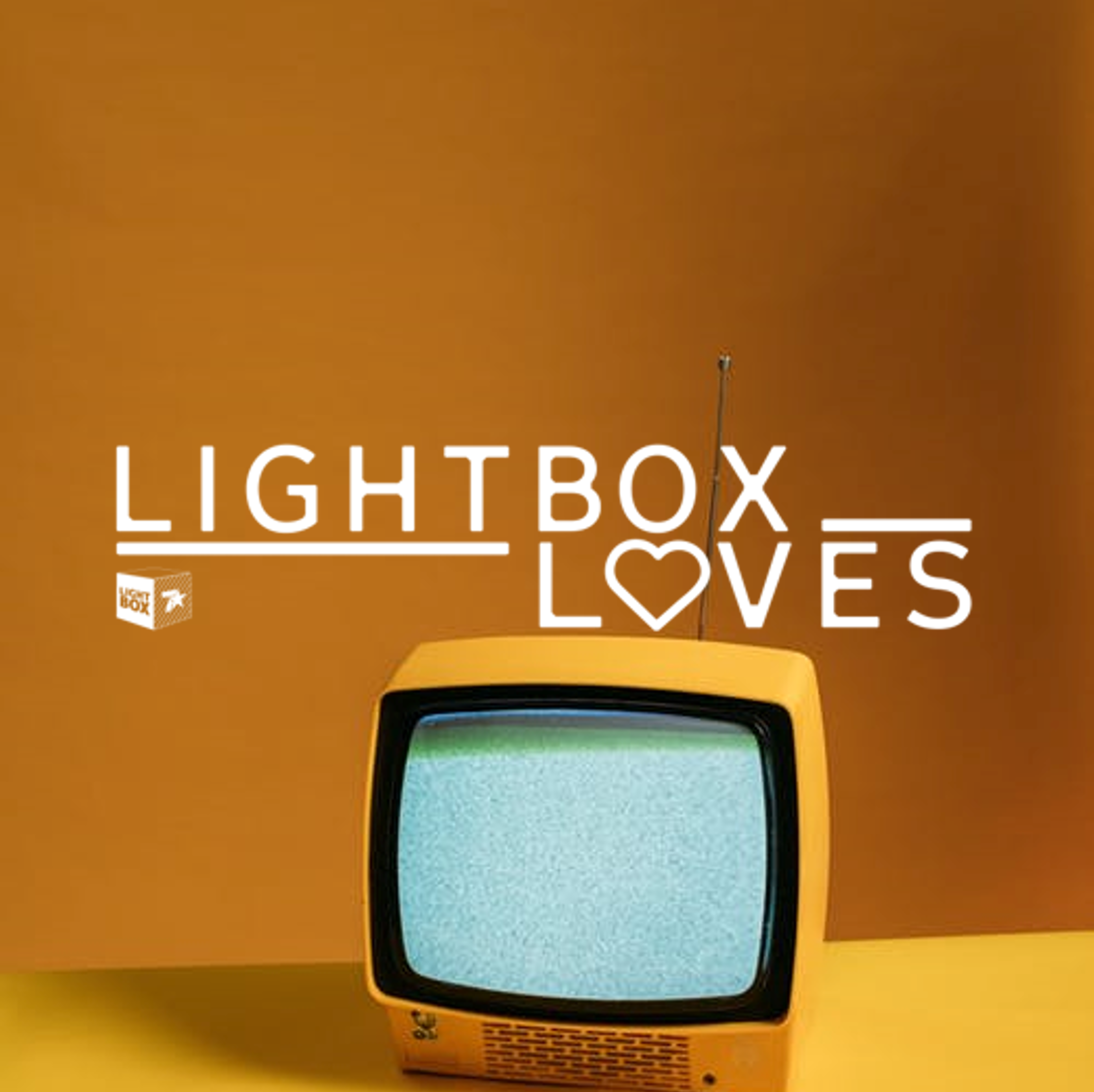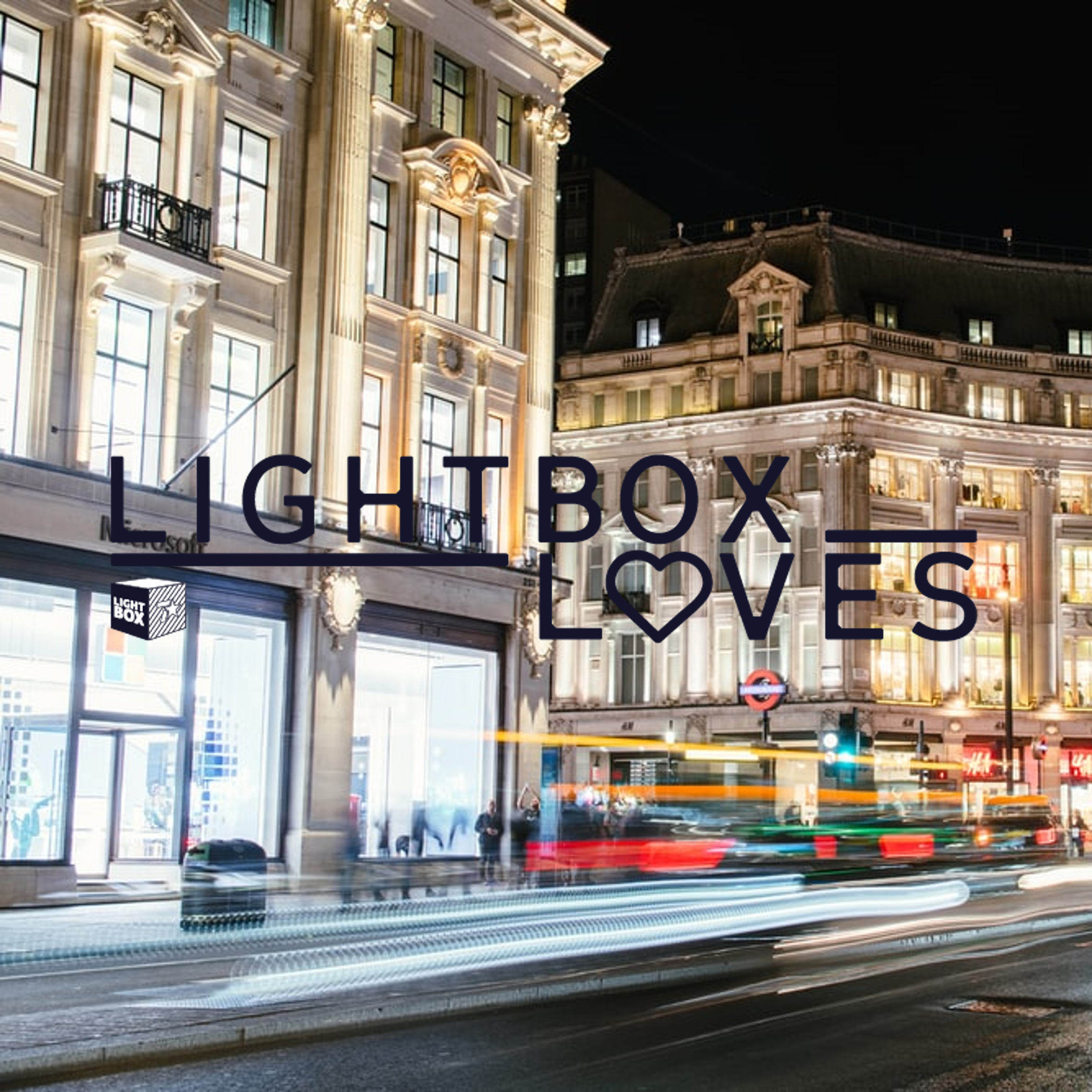
It’s no longer news that sustainability has been catapulted onto the world stage in the past few years – and even more so during the pandemic. What is emerging, however, is the ever-widening spotlight on large corporations to influence and set the status quo for the sustainability agenda. Furthermore, following the recent global COP26 conference in Glasgow, calls for all societal influencers to exercise greater passion and commitment to sustainability continue to grow.
What we see in the advertising industry, however – particularly during the so-called ‘golden quarter’ where brands fight for space in the ad landscape during the festive period – is often a different picture. Climate change has been named ‘the defining issue of our time’ by the UN, and Christmas is traditionally a period of increased carbon emissions. Yet, despite the augmented spotlight on sustainability in the immediate aftermath of COP26, retailers from Boots to TK Maxx have toned down, or omitted entirely, their green messaging in this year’s Christmas campaigns. This has triggered a backlash from activist circles and some media critics, who expect brands to abandon business as usual and lead the way during a time of global emergency.
Of course, not all brands have suffered at the hands of critics. Clothing brand Barbour’s message of ‘Repair, not Repurchase’ in their own seasonal creative, starring Paddington Bear, has been praised for addressing the elephant in the room without losing the traditional optimism and sentimental overtones intended to unite the nation through Christmas ads. However, this does not mean that jumping on the social issue bandwagon is a lifeboat for brands during such a volatile time. On the other end of the spectrum, John Lewis’ festive creative, which prominently emphasised diversity, was condemned in some corners as ‘woke’, highlighting the potential adversity and sensitivity towards brands perceived as signposting inauthentically.
Some may argue that Christmas should be a time for celebration instead of activism; or that the need for brands to make up for lost sales after a turbulent 2020 festive period trumps their need to be leaders in sustainability. Yet, campaigns displaying a perceived apathy and insensitivity to such current issues can be just as damaging to brands as committing to unsustainable practices. With sustainability now an expectation for a majority of consumers and, consequently, wide acceptance of the ‘double bottom line’, brands must authentically, unapologetically assert their own space within the sustainability landscape in order to remain high in consumers’ regards.

The audience system RAJAR has finally made a comeback with its first release since Q1 2020. The latest Q3 2021 report includes radio listening panels as well as a door-to-door survey to broaden out the reach. The service has been designed around the traditional quarter-hour diary and is reported in the same way. However, this time it draws no comparison with old data, to avoid observing misleading trends and speculative insights across different methodologies.
Radio consumption has remained strong with a total reach of 89% of 15+ adults with a 66% reach across commercial radio stations and an average listenership of 8.6 hours per week. Notably, younger audiences are listening to commercial radio with a 69% reach, versus older audiences between 45 and 69 with 65%.
The data also highlighted how consumption behaviours and habits have changed over the period. In particular, digital and DAB formats now account for over 60% of all listenership – a strong sign of how Covid-19 has encouraged digital shifts from traditional formats. Of the digital total, DAB accounts for 43%, with online and in-app making up 18% and DTV listenership accounting for 5%. Digital stations have also influenced in-car listening too with 53% tuning in via digital channels. How this shift to digital will influence loyalty toward stations remains to be seen. For example, with more and more stations available, will consumers become more promiscuous with their choice or shall we witness choice paralysis?
The digitisation of radio has enabled the launch of smaller, niche radio stations with easier access points of listenership; indeed, many broadcasters are launching bespoke digital sub-stations. Within the new survey, we see the reach of these smaller stations with Greatest Hits Network publishing their first numbers since their rebrand in Sept 2020. They report a weekly reach of 3.2m whilst Magic at the Musicals, and Times Radio also debuted with 184,000 and 637,000 respective weekly reaches. It will be wise to monitor how far the launch of sub-stations will cannibalise their parent stations, or whether their bespoke nature will attract incremental reach from non-mainstream listeners.
The new RAJAR listening data for Q3 2021 confirms the importance of digital listening and digital platforms, which collectively account for two-thirds of all radio listening, despite radio industry commentators previously questioning the viability of DAB. According to latest ad spend forecasts, radio ad spend is set to grow 18.6% this year, and a further 4.1% in 2022 – driven by digital audio spend. Given the focus on digital consumption, it will be interesting to see whether advertisers mirror audience consumption with their audio budgets – a move that could lead to a strong marketing outlook for the channel.

Creative thinking is something everyone can exercise, but the pressure of constant ‘Teams’ meetings and urgent deadlines makes finding enough time difficult.
In The Creative Nudge by Kevin Chesters and Mick Mahoney, ‘nudge theory’ breaks out of the strict confines of government behavioural science units and into the creative realm.
At its most basic, a nudge is a little change to our behaviour or thought pattern that can have a disproportionately large impact on an outcome. A nudge makes things a little easier, a little simpler or more motivating.
Chesters and Mahoney show that making some simple behaviour changes can retrain your brain to be more creative and rewarding while having fun at the same time.
Here are some of our favourite nudges for creative thinking from the book.
1.Do familiar things in unfamiliar ways. Grab an apple, and instantly make yourself more creative and open to new ways of thinking by holding it in your non-dominant hand and taking a bite. Walking a different way to work or stirring your tea the opposite way round to usual also does the trick.
2.Embrace fatigue. You do your best creative thinking when tired as your brain is less vigilant, making it easier for abstract ideas to form. Tackle your most analytical tasks when at your peak and get creative when feeling low on energy.
3.Daydream more. Your ‘default mode network’, active when you daydream, is central to your ability to generate ideas. Allow yourself to get bored. Go for a walk or find a quiet space and set an hour or so a day to let your mind wander.
4.Become a single-tasker. Multi-tasking makes it impossible to think deeply or creatively. Chunk your diary and guard your time fiercely, avoiding interruptions.
5.The overnight test. We all fall in love with our ideas sometimes. Before you go to bed, write down your amazing idea as clearly as possible on a piece of paper on your bedside table. When you wake up, before you do anything else, re-read your idea. Still excited?
6.Encourage dissent against group thinking. Create a little reminder to yourself not to follow the herd by drawing the number 10 on your hand. Whenever you feel yourself getting swept along by that intoxicating thought or person in a group setting, count to 10. Decide whether you really agree it’s the right thing to do.
7.Pick up a pen. Writing things down triggers a ‘mental lifting’ response in your brain, forcing you to engage more deeply and focus on what matters.

The metaverse has become the latest hot topic to hit the digital industry, with many describing it as the internet 3.0. The news has mostly been generated by Facebook’s decision to rebrand as Meta and commit to hiring 10,000 engineers to help build this ‘new’ environment.
In reality, the metaverse is only part of the next stage in the internet’s development and will never be owned or run by one single company. In fact, the metaverse has already been developing organically within gaming, business and social environments. The ability to meet friends, share achievements, work on projects, sell or trade digital assets or play games together has been with us for a while now but happening within platforms such as Fortnite, Office365, Zwift and Peloton. Often these spaces have sat alongside a game or product, but this is changing and the experiences becoming inextricably linked into a metaverse.
Usage and engagement within these environments have accelerated significantly over the last 24 months with the impact of Covid-19. This has brought significant change in both user behaviour and acceptance that these types of environments are not only here to stay but will form part of society’s social fabric as we move into the future. The line between the virtual and real-world is no longer clean-cut and social interaction or commerce can happen seamlessly across both. Consider working with colleagues virtually on Monday before meeting face-to-face on Tuesday to demonstrate a new feature or present a piece of work to a client. Increasingly, the metaverse will power experiences, work, sporting, social and commerce before linking into the real world. For example; trying on and wearing a jacket in the virtual world before picking it up from a shop and wearing it to a real-world social event – or building experiences in the metaverse that people pay to enter just as they would a bar or festival in the real world.
Alongside these platforms is the hardware that will create and support more immersive experiences such as virtual reality headsets or smart glasses. But currently, this hardware is expensive, bulky and a little awkward – gaming headsets, example. We expect to see this change in the future and, in the way that AirPods have redefined headphones, the same will happen with virtual reality. In fact, the long-term play is for virtual reality hardware to integrate with or replace existing hardware such as the television or laptop.
One major threat to the metaverse could come from national governments, who are already wary of the threat from big tech players like Facebook, Amazon and Google. How will these new environments be regulated? Who will hold the data, police the content or manage the currency and taxation? These are big questions that so far remain largely unanswered. China, however, has already begun a major crackdown on these new environments by shutting down Fortnite and limiting the amount of time children can play online to three hours a week. (They get an extra hour during the school holidays.)
In many ways the metaverse is already here and will continue to develop rapidly over the next 3-5 years, opening up opportunities for brands to engage with customers and potential customers in a way we have never seen before. The line between the virtual and real worlds will blur but the fundamentals will not change. Great products, amazing experiences, good service and strong brands will win out if they are able to adapt and embrace these new spaces and hardware. However, regulation and control remain the major issues and could yet stifle future growth.

Back in September, with things looking more promising than since the start of the pandemic, 3 in 5 Brits were expecting to celebrate Christmas 2021 normally. Despite the emergence of the Omicron variant tarnishing this optimism, and despite 2 in 3 now expecting further restrictions post-Christmas, a quarter of Brits feel this Christmas will at least be more exciting than last year’s.
More than anything, just shy of half of all Brits are looking forward to spending time with loved ones this Christmas, and what better way to spend time together than gorging on a festive tin of chocolates in front of this year’s TV Christmas specials? We love TV here at the7stars, so Christmas specials are always a hot topic whether we’re discussing them in-person or on Teams. And 2021 looks set to deliver. Below are this author’s ones not to miss.
- Around the World in 80 Days (BBC One & iPlayer 5.50pm Boxing Day)
Starring David Tennant, this adaptation of Jules Verne’s 1872 novel is set to bring a bit of Christmas cheer, with leading man Tennant recently describing the series as a “romp” with “real heart”. And, if that isn’t enough for you, superstar composer Hans Zimmer scored the soundtrack.
- Spitting Image Christmas Special (ITV & ITV Hub 10pm Christmas Eve)
Usually accessible through Britbox, this Christmas special is making a one-off appearance on ITV. Featuring household names ranging from Emma Radacanu to Prince Andrew and, of course, Boris Johnson, this hour-long special is sure to have the nation’s living-rooms in stitches.
- LIVE Joe Lycett: Mummy’s Big Christmas Do!
Part of C4’s drive to spread its operations across the UK, this 90-minute live performance from Brummie comedian Joe Lycett combines three of his favourite things; “LGBTQ+ culture, Birmingham and chaotic live television” and promises to deliver “devilish” surprises.
*Since writing, this show has sadly been postponed for the time being*
- Last Train to Christmas (Sky Cinema & NOW 18th December)
Not so much a Christmas special, but this film follows Nightclub owner Tony (Michael Sheen) as he takes the train to visit his girlfriend (Nathalie Emmanuel) for Christmas. Things take an unexpected turn though and Tony finds himself transported through time as he moves through the carriages. This nostalgia-inducing, 80s-based one-off is sure to be worth a watch.
- The Girl Before (BBC One & iPlayer 9pm 19th December)
Nothing screams Christmas like a psychological thriller. The Girl Before follows new tenant Jane’s discovery that the previous occupant of her home met a mysterious end in the very property Jane now resides in. Running over Christmas as part of the BBC’s festive schedule, with all episodes released immediately on iPlayer for us binge-watchers, it’s set to be a big hit.
The above are just some of a wealth of Christmas specials though and others include: Call the Midwife, A Boy Called Christmas, A League of Their Own, Paul O’Grady, Nevermind the Buzzcocks and, of course, Doctor Who, among many others. So, whatever your TV preference, and whatever form Christmas takes for you this year, we’re sure they’ll be plenty to keep you entertained. Enjoy!
Source: https://www.radiotimes.com/tv/drama/christmas-tv-2021/

From the warm, welcoming smell of mulled wine emanating from a kitchen urn to the accompanying dulcet Bublé tones, it’s undeniable that the Christmas season is underway. To jumpstart the selling season, British retailers have seized upon Black Friday – a sales promotion on the holiday Friday of the Thanksgiving weekend that’s widely celebrated in America.
In the run-up to the event the7stars’ very own quarterly tracking survey, The QT, took a closer look at the sentiment of shoppers towards the Black Friday sales. The report found that whilst 2 in 5 Brits were indeed looking to shop for Christmas gifts during the event, more than half reported indifference as a feeling towards it. Negative sentiments were particularly emphasised by those aged 55 and above, of which 59% reported scepticism, 41% bored and 37% irritated.
Negative sentiments could perhaps be attributed to a slew of media preceding the event, with Which? reporting that 98.5% of items tracked since last year’s Black Friday had been cheaper or at the same price point in the following 6 months. Increasing awareness around sustainability and the role of consumerism in the climate crisis could also be contributing towards negative sentiments towards the promotional period – some brands have even run campaigns highlighting this connection, such as Patagonia’s Buy Less, Demand More campaign in 2011.
Despite these gloomy bellwethers, early reports suggesting that this year’s Black Friday was on track to be the biggest ever: figures from Barclaycard – based on credit and debit card spending from midnight on Thursday to 5pm on Black Friday – showed the number of transactions up by 2.4% per cent compared with 2019. This figure also represented a 23 per cent increase on comparable volumes in 2020, when lockdown restrictions prevent much physical shopping.
With this year’s Black Friday being a bumper sales period for brands, should brands still take notice of public sentiment and negative press? Most definitely: the climate crisis is not going to go away, and with sustainability and purpose led marketing set to be hot topics in 2022, it’s possible that the mass sell-off and promotion by brands around this period could become toxic to consumers. The mood music needn’t spell the death knell of Black Friday though, and there are ways of subverting its negative connotations with consumerism, and instead connecting it with brand purpose. One such example of this was a 2019 Just Eat campaign, in which they partnered with the charity Food Cycle: for every order made on Just Eat that Black Friday the company also donated 50p to the charity, and ultimately raised over £250,000.



Recent Comments